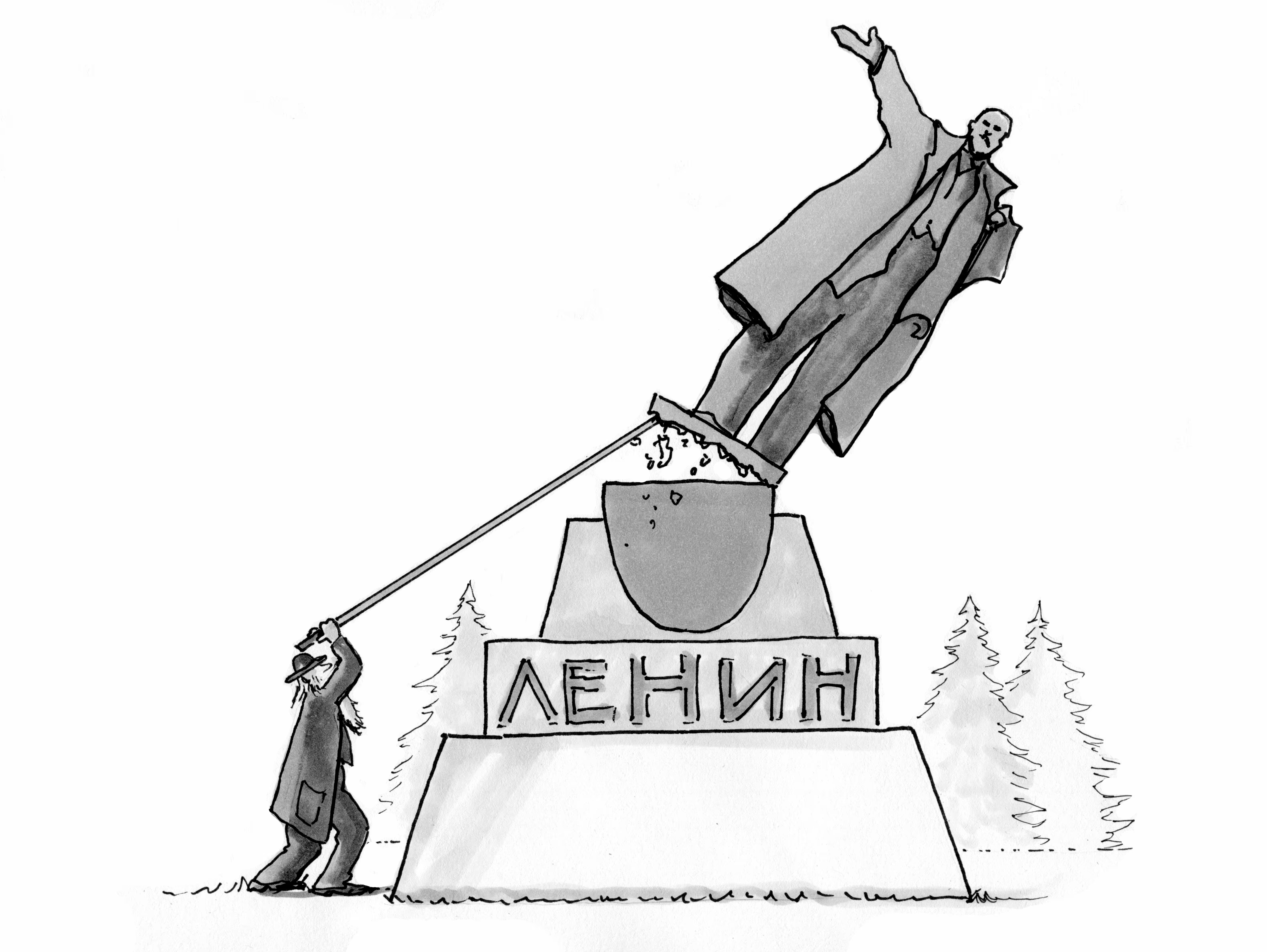The idea that human society can be compared to a single organism has a long pedigree, from Aristotle’s Politics to Hobbes Leviathan. Words such as “corporation” (derived from the Latin for “body”) and phrases such as “body politic” reveal how useful this comparison is.
Yet, the analogy is deeply ambivalent. It is alluring to be part of something larger than ourselves, with a higher purpose, to which we can both contribute and be nurtured by (like the UNION the Federalist Papers offered). But it is threatening to be expendable for the common good, like our bodies routinely sloughing off skin cells or citizens being compelled to fight wars for kings.
Either way, society as an organism is no longer just a metaphor. Everything that we call an organism is a highly cooperative society of lower-level elements, so much that we see the whole more than the parts. In modern evolutionary biology, the concepts of “society” and “organism” have truly merged.
This degree of cooperation requires mechanisms to suppress disruption from within, which are never completely effective. Even multicellular organisms, after hundreds of millions of years of natural selection, remain vulnerable to cancers that spread at the expense of the common good and ultimately lead to their own demise. Indeed, our own destructive behaviors, which benefit lower-level units at the expense of the global common good, are the societal equivalent of cancer.
Can a human society be an organism in the benign sense while avoiding the dark side? Yes, and there’s an argument for why the human social organism must be that way. Biologists distinguish between two types of organism. In one type, called fraternal, the lower-level units are genetically highly related, such as the cells in our body. Highly self-sacrificial behaviors routinely evolve in these organisms, such as programmed cell death.
In the other type, called egalitarian, lower-level units are not necessarily genetically related. The only way for them to cooperate is to insure that the benefits and costs are fairly distributed. Nucleated cells evolved in this way—as symbiotic communities of unrelated bacterial cells. The genes in our bodies strictly regulate their expression for the common good and their fair transmission to the next generation. Biologists even call this regulation a “parliament of genes”.
The human social organism is of this variety. In our distant ancestors, the members of groups were not necessarily close kin. Productive cooperation depended upon being very good at enforcing fairness. That was the original human “Constitution”, which turned tiny groups of hunter-gatherers into UNIONS, capable of out-performing less cooperative groups or thriving better in harsh environments.
Nearly everything that is distinctively human is a form of cooperation made possible by enforced fairness.
But evolution doesn’t automatically make everything nice. Our fairness-enforcing moral instincts are adapted for small groups and can fail in larger groups. The suppression of disruptive self-serving behaviors is never complete. Leaders are prone to abuse their power. And cooperation within groups can become a form of collective selfishness in battles against other groups.
Ten thousand years of cultural evolution has impressively expanded the scale of human cooperation to levels that could not have been imagined by our distant ancestors. But that only expands the scale of destruction as nations, giant corporations, and other leviathans battle for dominance, heedless of their cancerous effects on the whole earth. Achieving the final rung of cooperation, a UNION that encompasses the whole world, will require becoming wise managers of cultural evolution.
Image: “Human Hive” by Julia Suits













